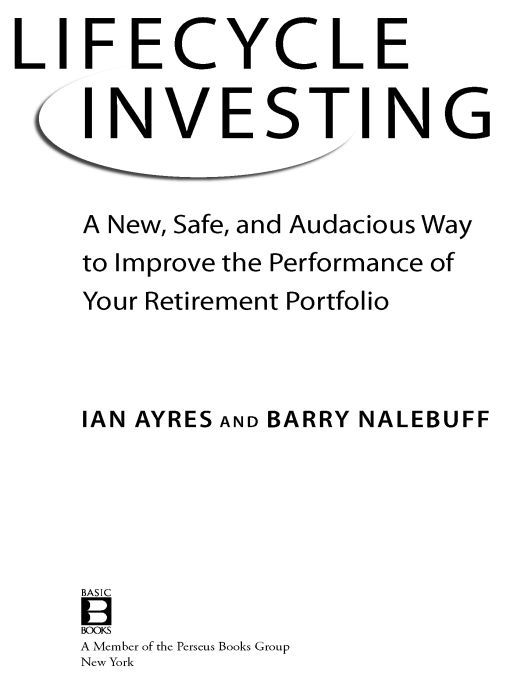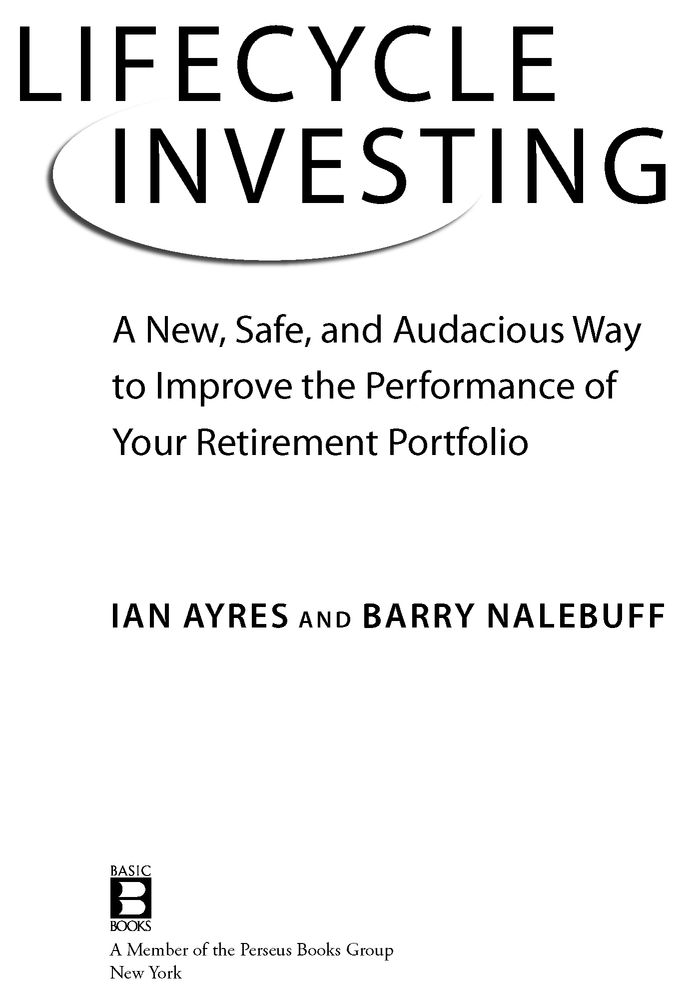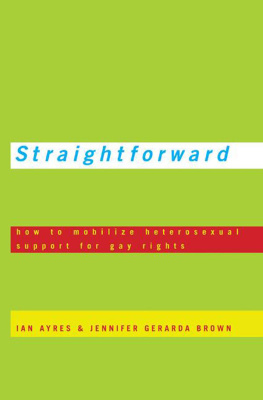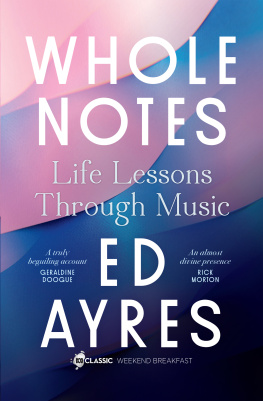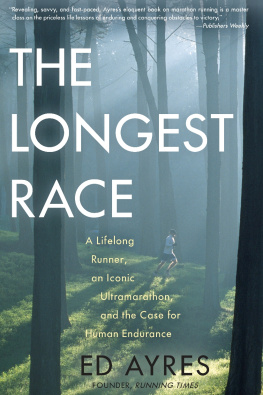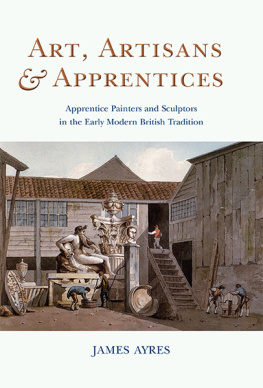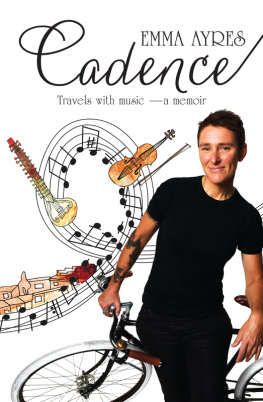Table of Contents
To our teacher,
Paul Samuelson (1915-2009)
Introduction
IN 1986, YALE was in financial turmoil. Its buildings were in serious disrepair, and incoming president Benno Schmidt went so far as to propose closing the Sociology Department as a way to save money.
Back then Yales endowment stood at $1 billion. It was led by a new endowment manager named David Swensen. He was a surprising choice. Swensen came with an economics Ph.D. (from Yale), but no previous experience in endowment management. As a result, he didnt start with any prejudices as to how the money should be invested. He found that half the endowment was in U.S. equities, another 40 percent was in U.S. treasuries and corporate debt, and less than 10 percent was elsewhere. To his mind, that didnt make much sense.
There were two problems. First, since equities historically outperform debtat least in the long runit seemed that the portfolio was far too light in terms of equities. Second, the portfolio was undiversified. It was 90 percent domestic and had little exposure to commodities, real estate, venture capital, or anything international.
While economists are fond of saying theres no such thing as a free lunch, Swensen followed the advice of Nobel Prize-winner Harry Markowitz: Diversification is a free lunch. By doing a better job of spreading risks across different investments, you can earn the same return with lower risk. Or you can get a much higher return for the same amount of risk. Swensen took the latter approach.
Twenty-two years later, under Swensens management, Yales endowment had grown to $22 billion. Even after the market collapse of 2008, it is still safely over $16 billion. To put that in perspective, if Yale had stayed with a traditional equity allocation, the endowment would have been only $6 billion. Swensen managed to deliver a stunning 11.8 percent annual return over the past decadedouble the return on bondswithout increasing the long-term risk. Yale has two new residential colleges in the works, and we think at least one should be named after him: No one has contributed more money to Yale (or any other school) than David Swensen.
The goal of this book is to help you achieve something similar for your retirement portfolio. Over the last 138 years, stocks have outperformed bondsnot every year, but for every generation. On average, stocks have outperformed bonds by 5 percent. Even if this equity premium isnt as high going forward, stocks are still the better bet over the long run. By helping you achieve better diversification, we can help increase your exposure to stocks and improve your total return, all without increasing your risk.
Wheres the free lunch?
Swensen helped Yale do a much better job diversifying across asset classes. That meant investing internationally, in timber, in start-ups, in real estate. We hope that you are already doing some of this. There are index funds that can give you broad exposure to the worlds equity markets, to commodities, and to real estate.
Our plan takes diversification a step further. Just as Swensen helped Yale achieve better diversification across asset classes, we aim to help you do a better job diversifying your investments across time.
Diversifying Time
In its simplest form, diversification across time is an intuitive idea thats a lot like asset diversification. Just as it would be a mistake to invest all your savings in a single stock, it would be reckless to concentrate all your exposure to the stock market into a single year. If you did that and the market happened to nosedive just then, youd be toast. Youre much safer spreading your stock investments across decades.
But most people dont do a good job of spreading. In terms of raw dollars, they invest very little in the market when theyre young compared to when theyre old. Even after accounting for inflation, a typical investor has twenty or even fifty times more invested in stock in his early sixties than he had invested in his late twenties. A few thousand dollars of stock exposure in your twenties doesnt provide much diversification when you have so much more invested later on. From a temporal diversification perspective, its as if your twenties and thirties didnt really exist. Instead of investing $50,000 in the market when youre young and $1 million when youre older, it would be better to invest $100,000 when youre young and $950,000 when youre older. The total market exposure is the same, but it is better spread out across time. As an empirical matter, most people are missing out on twenty years of potential exposure to the stock market where they could be diversifying risk. Instead of spreading their risk over forty years, they concentrate it in the last ten or twenty years of their working lives.
To solve this problem, we offer a simple but radical idea:
Use leverage to buy stocks when youre young.
Spreading your investments better across time means investing more when youre young. But theres a good reason why you (and pretty much everyone else) dont invest more then: You dont have the money. Thats where leverage comes in. The main point of this book is to show that its prudent to make leveraged investments when youre young. You can hold your lifetime exposure to the stock market constant and reduce risk by having more exposure when youre young and less when youre older.
The Free Lunch
Well show that better diversifying across time can reduce portfolio risk by 21 percent. Heres what that means in terms of dollars and cents. In our simulations, a traditional investment strategy leads to a nest egg of $749,000. But the average belies the potential risk. Theres a wide range of outcomes in the data.
A good way to measure risk is by the range of outcomes that youll see 95 percent of the time. That gives you a sense of how good or bad things can be. Under the traditional investment strategy that range is $490,000 up or down.
With our lifecycle strategy, you can get the same average result, $749,000, but reduce the range by 21 percent, or $105,000, either way. At the top of the range you make $105,000 less, but in the worse case, you end up with $105,000 more. The worst case is when this really counts, since under the traditional strategy you only had $259,000. Now you can have $364,000 and greater peace of mind. This gain can be seen in .
Whether you think that a 21 percent improvement is big or small, thats just our starting point. The power in discovering a new diversification tool is that it lets you make new trade-offs between risk and return. Once you have a new method for controlling stock risk, you can safely hold more stock over the course of your life. Well show you a way to increase your return by 50 percent without increasing your risk.
These results almost sound too good to be true. But this isnt a late-night TV commercial that promises youll make millions buying distressed property WITH NO MONEY DOWN! There are no operators standing by. Our strategy is a straightforward application of research done by Nobel laureates Paul Samuelson and Robert Merton. (We explain this connection in the next chapter.) That said, at the end of the day, you shouldnt believe us or anyone else because of who we are or what the distinguished blurbists say on the cover. You should follow our advice because it makes sense and because historical and simulation data confirm it.

